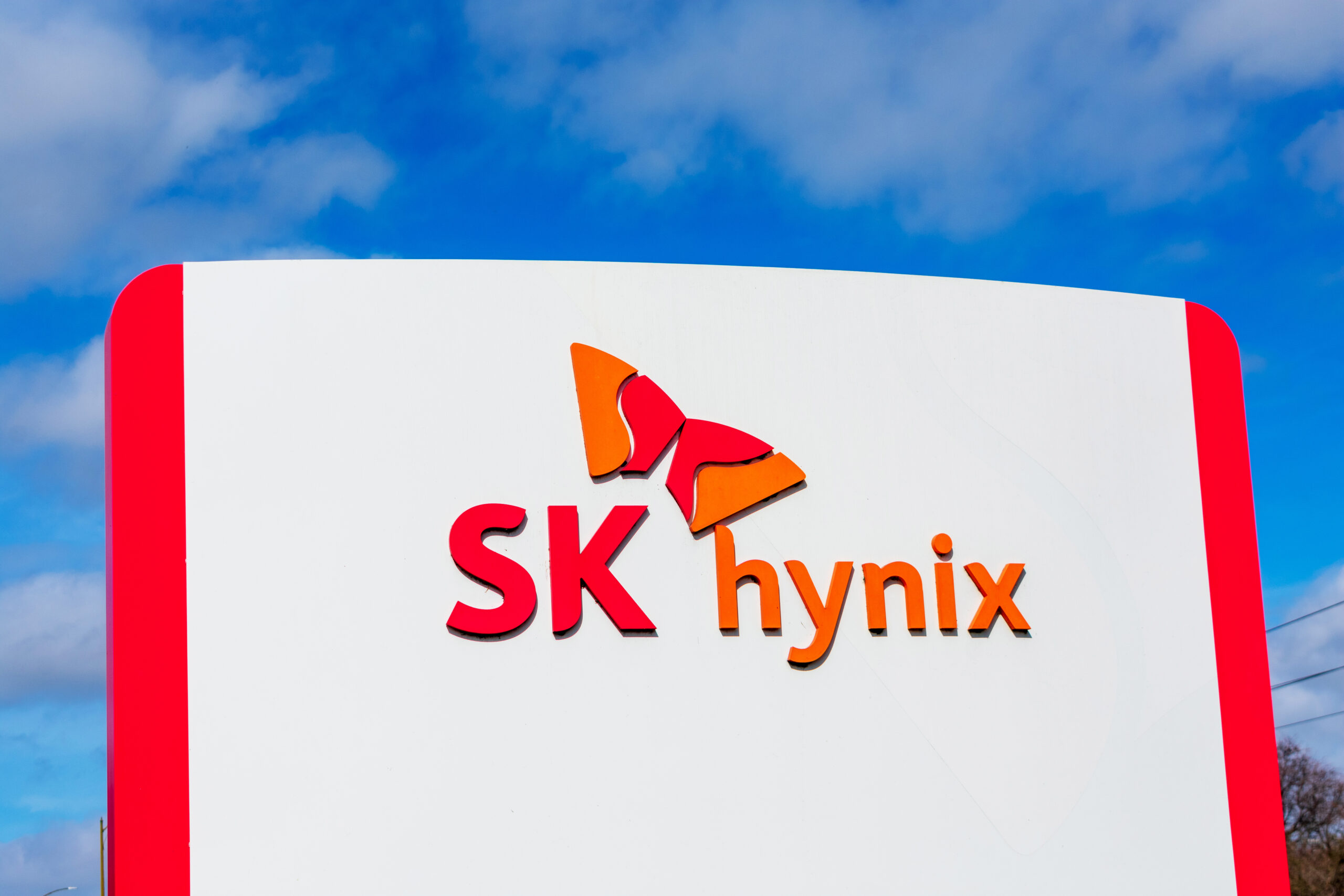Comprehensive Guide to Dogecoin Mining: Strategies, Tools, and Tips

Dogecoin represents a significant shift in the cryptocurrency landscape, emerging as a frontrunner in the wave of meme-based digital currencies. Originally conceived as a humorous take on crypto, Dogecoin has since garnered substantial attention and acceptance within the cryptocurrency community, ascending to the ranks of the top ten cryptocurrencies. Consequently, the mining of Dogecoin has seen a notable increase in recent years.
Distinct from many contemporary meme coins, Dogecoin did not originate as an ERC-20 token. Its development drew inspiration from pre-existing cryptocurrencies, notably Luckycoin and Litecoin, employing a traditional Proof-of-Work (PoW) consensus mechanism for the mining of DOGE coins.
Dogecoin mining, while less complex than Bitcoin mining, still offers considerable rewards in comparison to other PoW-based cryptocurrencies. This Tokenhell guide aims to delve into the nuances of Dogecoin mining and guide on how to embark on this endeavor.
Origins of Dogecoin
Dogecoin was conceived by software engineers Jackson Palmer and Billy Markus as a satirical commentary on the burgeoning cryptocurrency sector. Following the purchase of the Dogecoin.com domain by Palmer, they crafted the Dogecoin protocol, drawing from the frameworks of Luckycoin and Litecoin, which also utilize the PoW mining approach.
In the first two weeks after its launch in December 2013, Dogecoin’s value soared by more than 300% in just three days, only to face a subsequent price downturn. This volatility was exploited by large mining protocols due to Dogecoin’s modest mining power requirements.
However, endorsements from influential figures such as Elon Musk, Mark Cuban, and Snoop Dogg played a pivotal role in Dogecoin’s resurgence, particularly during the 2021 cryptocurrency bull market. This surge in interest and investment led to a marked increase in Dogecoin mining profitability.
Mechanics of Dogecoin Mining
Dogecoin mining is underpinned by the traditional PoW consensus mechanism. This process involves miners competing to solve intricate mathematical puzzles, contributing to the growth of the blockchain network. Successful miners are rewarded with new cryptocurrencies.
Dogecoin, a derivative of Luckycoin and Litecoin, naturally adopted the PoW method for achieving consensus among miners. Despite sharing a lineage with Bitcoin, Dogecoin, and its predecessors feature distinct hashing algorithms.
Comparative Analysis of Bitcoin, Litecoin, and Dogecoin Mining
Bitcoin mining employs the SHA-256 hashing algorithm, known for its complexity and high computational demands. In contrast, Litecoin and Dogecoin use the less complex “Scrypt” algorithm, facilitating quicker computations. Dogecoin’s mining process demands significantly less computational power, or hash rate, compared to Bitcoin.
Furthermore, the frequency of adding new blocks to the blockchain, or block time, is shorter in Dogecoin mining relative to Bitcoin and Litecoin. Dogecoin miners can add a new block every minute, whereas Bitcoin and Litecoin have block times of 10 and 2.5 minutes, respectively. Additionally, Dogecoin mining faces lower difficulty levels than its counterparts.
A critical aspect of Dogecoin is its unlimited supply, contrasting with Bitcoin’s capped supply of 21 million and Litecoin’s 84 million. Miners receive a block reward of 10,000 DOGE for successful Dogecoin mining, significantly more than the rewards for Bitcoin and Litecoin.
The shared hashing algorithm between Litecoin and Dogecoin allows for “merge-mining,” enabling miners to mine both cryptocurrencies simultaneously without impacting their mining efficiency or reward potential.
Initiating Dogecoin Mining
Initiating the mining of Dogecoin necessitates an understanding that it diverges from the SHA-256 algorithm, making the SHA-256 mining apparatus unsuitable for this task. Instead, the process requires specific tools like field-programmable gate arrays and ASICs (Application Specific Integrated Circuits).
In its early stages, similar to other cryptocurrencies operating on a Proof of Work (PoW) mechanism, mining Dogecoin was simpler due to fewer miners. However, as Dogecoin gained traction, the mining community expanded, leading to heightened competition and mining complexity. This shift catalyzed the formation of mining pools where miners amalgamate their computational resources to better their odds at mining new blocks. Depending on personal preferences, there are various approaches to embark on Dogecoin mining.
Individual Mining
This method involves independently mining Dogecoin, a relatively accessible cryptocurrency to mine using basic hardware like GPUs and software such as EasyMiner. As an individual node in the Dogecoin network, one tackles computational challenges in hopes of mining a new block, which if successful, yields a reward of 10,000 DOGE coins.
However, as a solo miner, particularly for beginners, the task is daunting. The competition with larger mining pools is fierce, and consistent rewards are not guaranteed. Hence, joining a mining pool can be a more effective alternative.
Collective Mining Pools
Mining pools bring together individual miners to collectively enhance their mining reward probabilities. This collaborative method offers more flexibility than solo mining.
In a successful mining pool operation, each participant receives a proportion of the mined block reward, based on their contribution to the collective computational power.
Prominent Dogecoin mining pools include Aikapool, Hashwiz, Litecoinpool, and Zpool. Joining a mining pool usually involves initial fees and requires careful verification of the pool’s specifications and legitimacy. While this method may yield more consistent rewards, it only offers a fraction of the total reward.
Cloud-Based Dogecoin Mining
An alternative to traditional mining methods is cloud mining, suitable for those unable to invest in hardware or software or join a mining pool. This approach involves renting computational resources from cloud mining platforms.
These platforms enable Dogecoin mining through leased computational power over a specified period. Cloud mining is comparable in effectiveness to mining pools, with the added benefit of not requiring personal equipment or incurring maintenance costs. Charges are typically based on a monthly or annual basis.
Essential Elements For Dogecoin Mining
Mining Dogecoin, like other cryptocurrencies, demands specific hardware and software.
Hardware for Dogecoin Mining
Various hardware options exist, including CPUs, GPUs, and ASICs.
CPU Mining:
While theoretically possible, mining Dogecoin with CPUs is generally discouraged due to overheating risks and low success rates.
GPU Mining:
More effective than CPU mining, GPUs have also faced increasing challenges due to Dogecoin’s rising popularity and mining difficulty.
ASIC Mining:
ASICs are the most efficient option for Dogecoin mining. Designed specifically for mining, they enhance the probability of earning DOGE rewards. However, ASICs for Bitcoin mining are incompatible due to different underlying algorithms. ASICs for Litecoin, sharing a similar algorithm, can be repurposed for Dogecoin mining.
Mining Software for Dogecoin
After selecting hardware, the next step is choosing compatible mining software. While CPU mining aligns with software like CPU Miner or Pooler, GPU mining suits software like EasyMiner, CudaMiner, or CGMiner, also usable with ASICs. Experienced miners often prefer the MultiMiner software for ASICs.
Dogecoin Wallet
A crypto wallet is essential for storing mined Dogecoin. Wallet types vary, each with unique features:
Hot Wallets:
Internet-connected wallets like Coinbase and MetaMask offer convenience and easy access.
Cold Wallets:
Offline wallets, such as hardware wallets like Ledger, provide enhanced security. Accessing Dogecoins in cold wallets requires connecting them to an internet-enabled device.
Conclusion
Dogecoin mining has evolved significantly, distinguishing itself from common perceptions of it being an ERC-20 token. This comprehensive guide facilitates a smooth initiation into Dogecoin mining. Prior to selecting hardware, software, or wallets, thorough research and understanding of their specifications and constraints are crucial. With informed choices, one can commence Dogecoin mining effectively.
Tokenhell produces content exposure for over 5,000 crypto companies and you can be one of them too! Contact at info@tokenhell.com if you have any questions. Cryptocurrencies are highly volatile, conduct your own research before making any investment decisions. Some of the posts on this website are guest posts or paid posts that are not written by Tokenhell authors (namely Crypto Cable , Sponsored Articles and Press Release content) and the views expressed in these types of posts do not reflect the views of this website. Tokenhell is not responsible for the content, accuracy, quality, advertising, products or any other content or banners (ad space) posted on the site. Read full terms and conditions / disclaimer.




